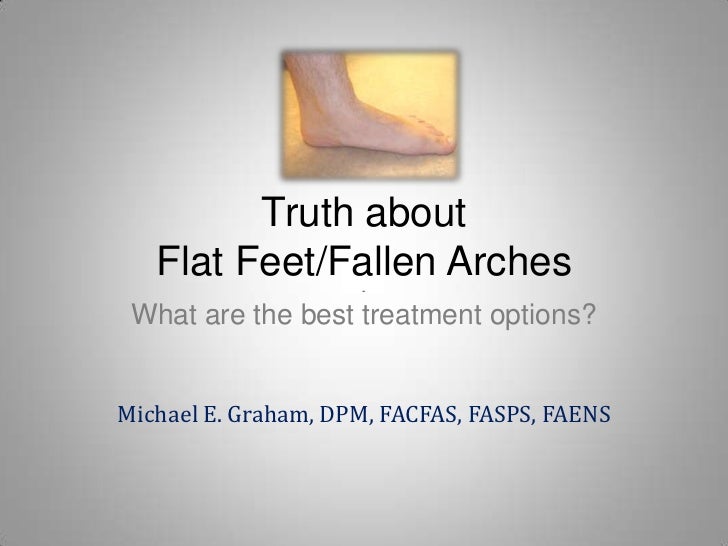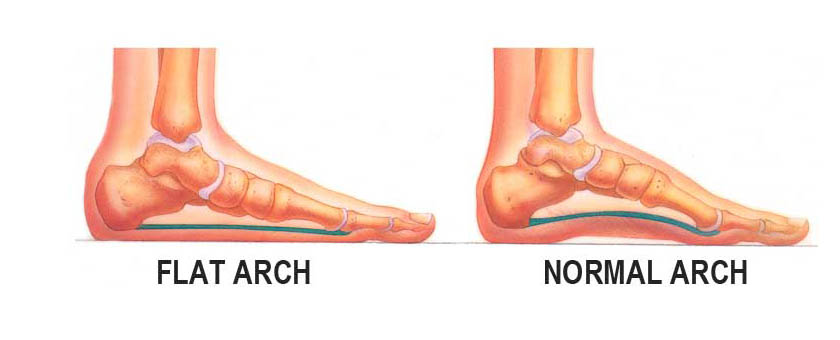

If the medial longitudinal arch (MLA) is not visible whether the patient is either seated of standing, the condition is called rigid MLA. There are two basic types of flat feet: rigid and supple. The most serious of the latter is posterior tibial tendon dysfunction in which the primary tendon that supports the arch gradually becomes lax.

These risk factors include wear and tear due to aging or obesity, disease conditions such as rheumatoid arthritis, traumatic injuries, and dysfunctions of tendons or ligaments. Risk Factors for Problematic Flat FeetĪpart from heredity, there are several risk factors that predispose certain individuals to developing flat feet that are troublesome and may require medical intervention. These individuals are said to have acquired flat foot deformity (AFFD). While this condition is usually inherited, there are many individuals who have normal arches as children and young adults, but develop flat feet, or "fallen arches," over time. For some children this does not happen and their feet remain flatter than average. As they grow and begin to walk, their feet normally develop arches. Infants feet are naturally flat because of the pad of "baby fat" at the instep.

While usually just a normal anatomical variation that does not result in any serious difficulties, this condition, which causes the feet to lean inward, or pronate, can cause problems over time. Flat feet ( pes planus) are extremely common.


 0 kommentar(er)
0 kommentar(er)
